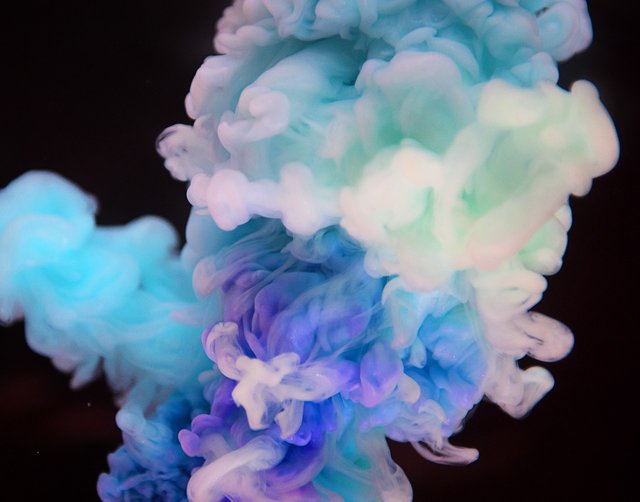
Le Chatellier's principle:
Le Chatellier's principle is very useful about chemical equilibrium system, it says that if you suppose a change in concentration, temperature and pressure on the chemical system at equilibrium, the system responds in a way that opposes the change. With th application of this principle, component of air.
Example:
N2 and O2 can be used successfully in producing important chemicals, ammonia and sulphuric acid in 98% yield. Both these processes involve reversible reactions, so inadequate amount of products are formed under normal conditions.
Reactions #01:
2 SIVO2-II + O20 → 2 SVIO3-II
This is an oxidation-reduction (redox) reaction:
2 SIV - 4 e- → 2 SVI
(oxidation)
2 O0 + 4 e- → 2 O-II
(reduction)
Reaction #02:
N20 + 3 H20 → 2 N-IIIH3I
This is an oxidation-reduction (redox) reaction:
6 H0 - 6 e- → 6 HI
(oxidation)
2 N0 + 6 e- → 2 N-III
(reduction)
Explanation:
As such these reactions are uneconomical, however, Le Chatellier's principle has made it possible to get maximum amount of products. First, equilibrium is established in the presence of catalyst in minimum time and then by increasing pressure and decreasing temperature, equilibrium is shifted towards right. Such conditions tend to increase the yield of NH3 and SO3 to about 98% .